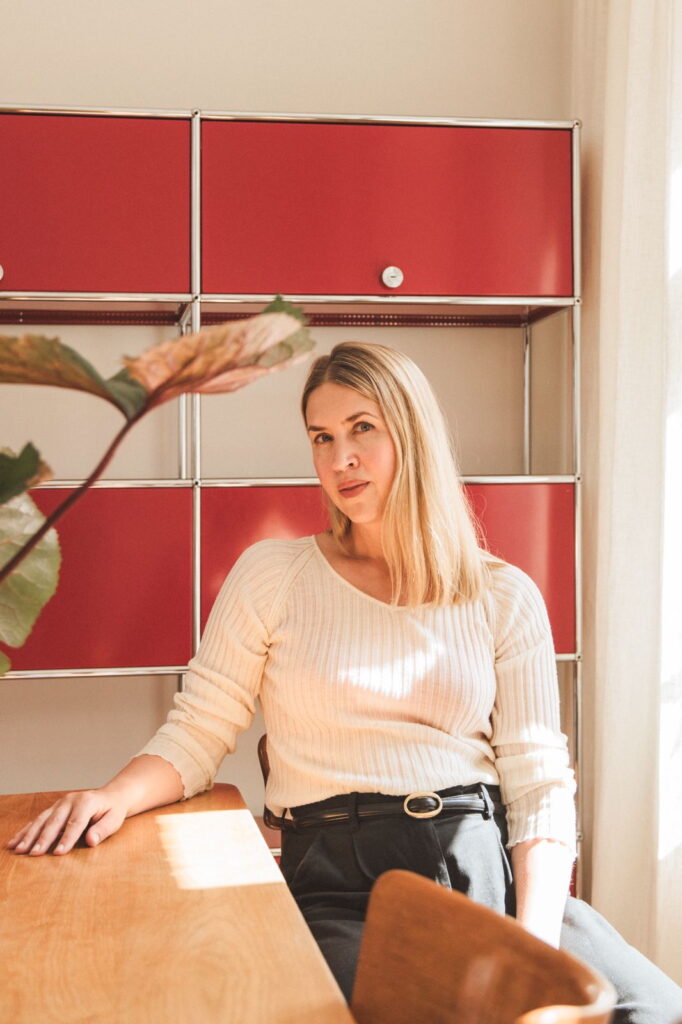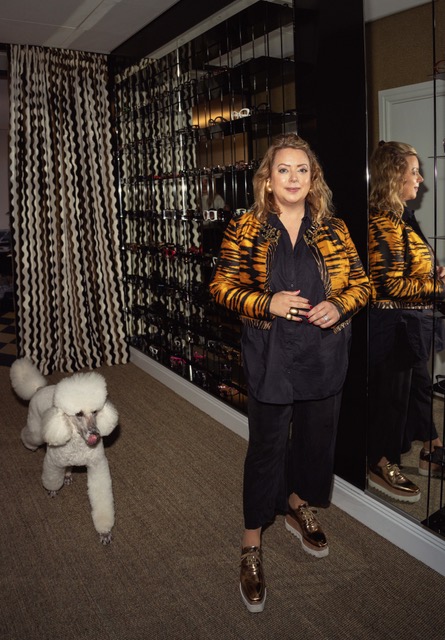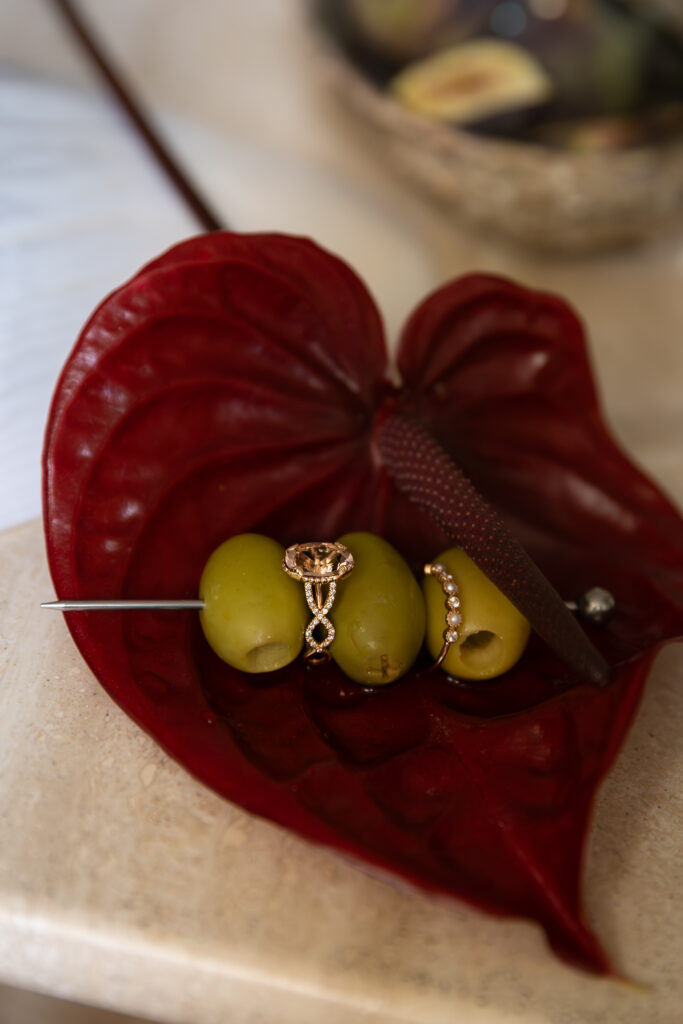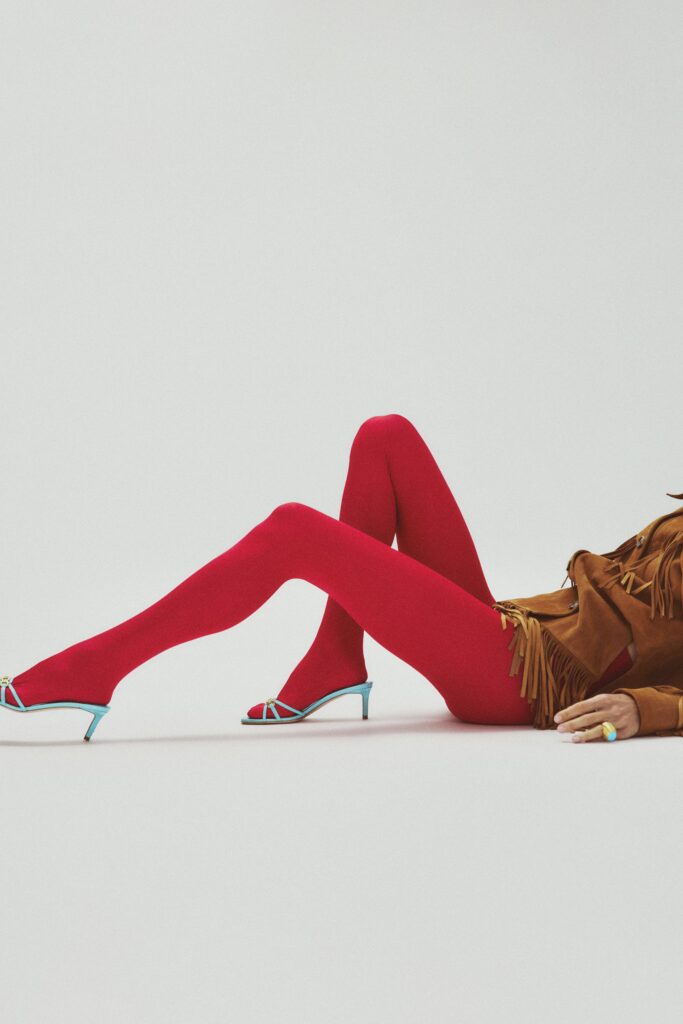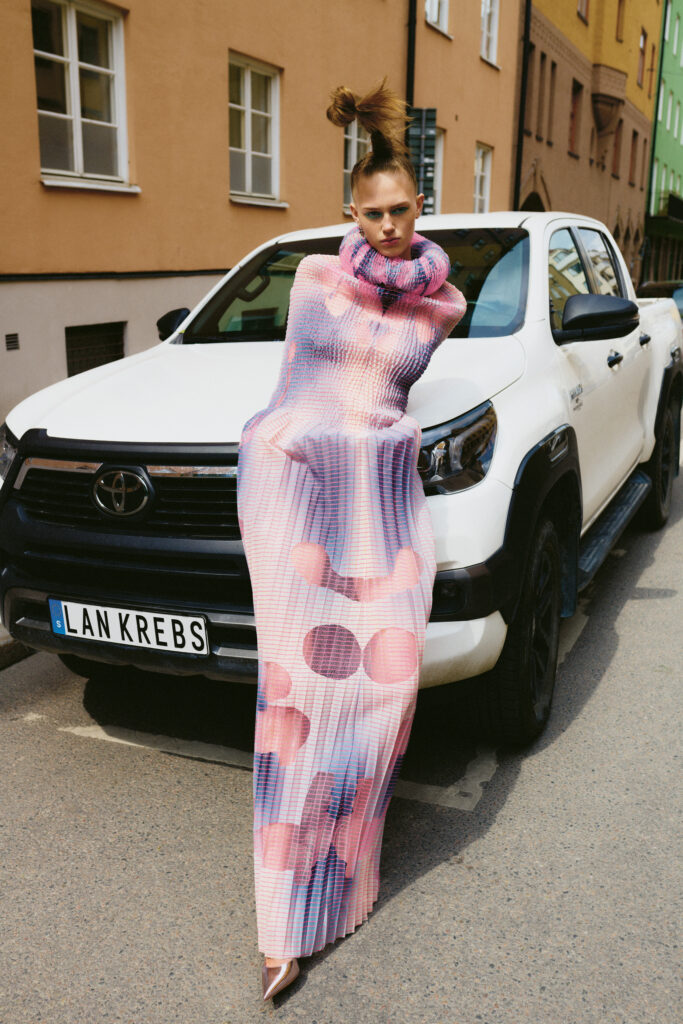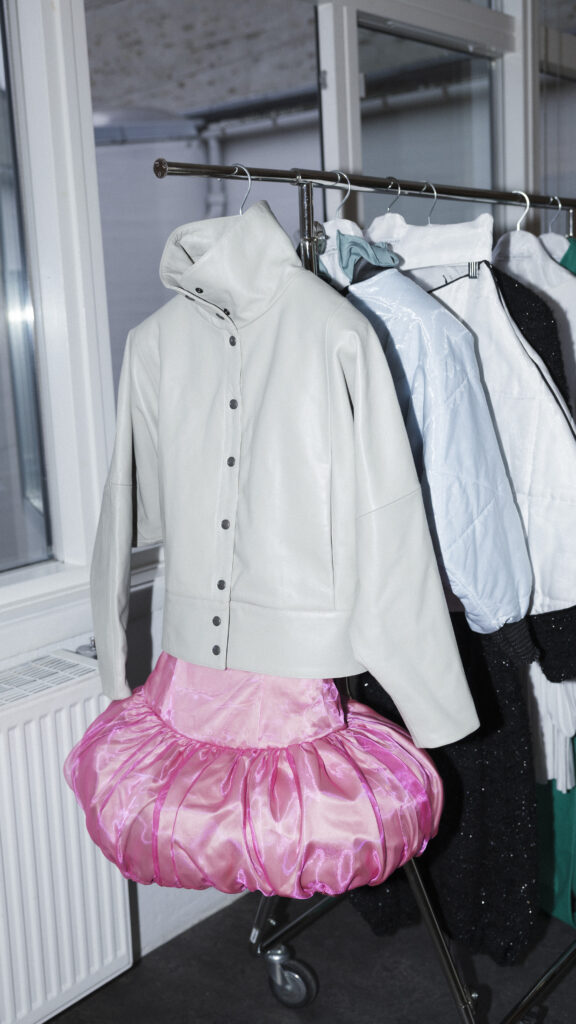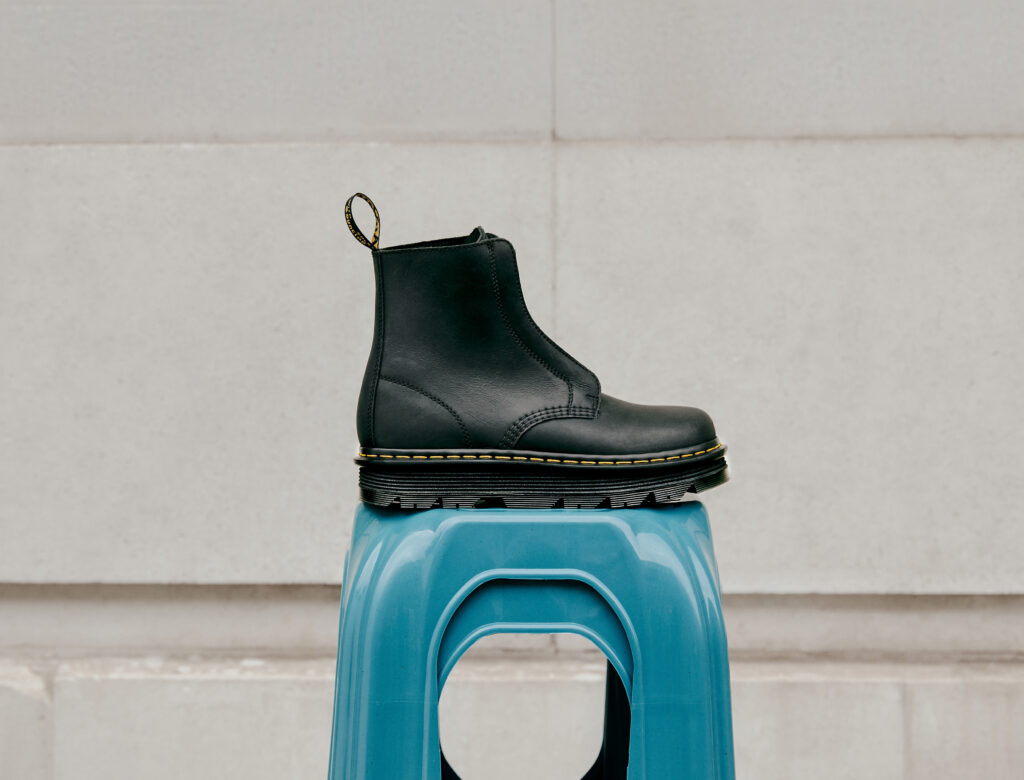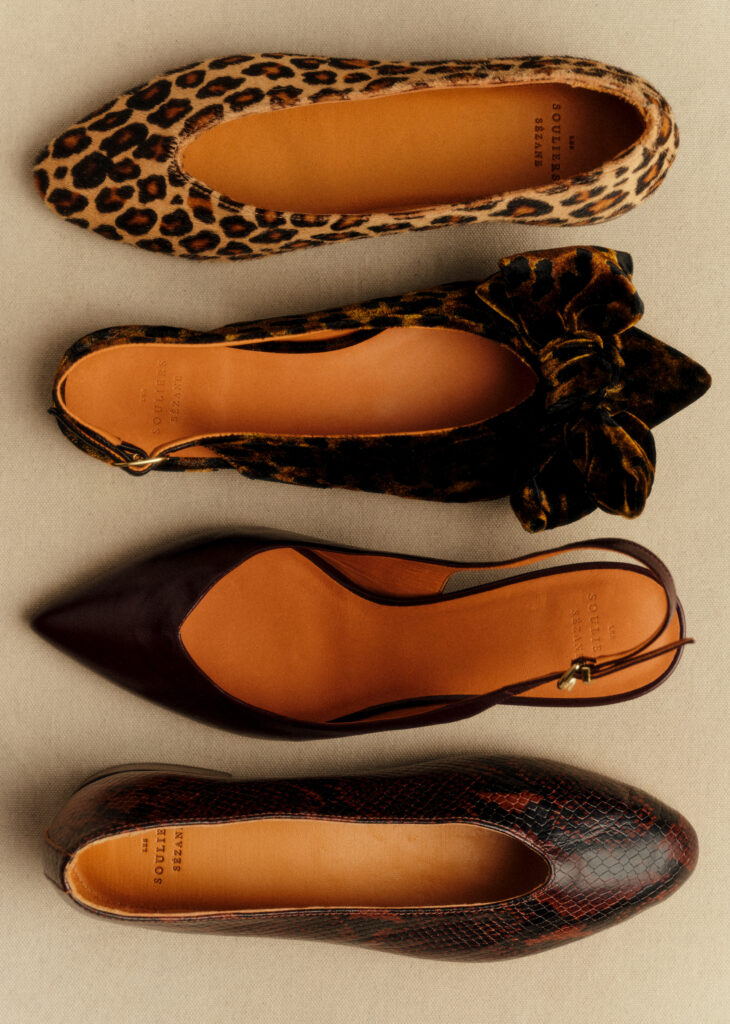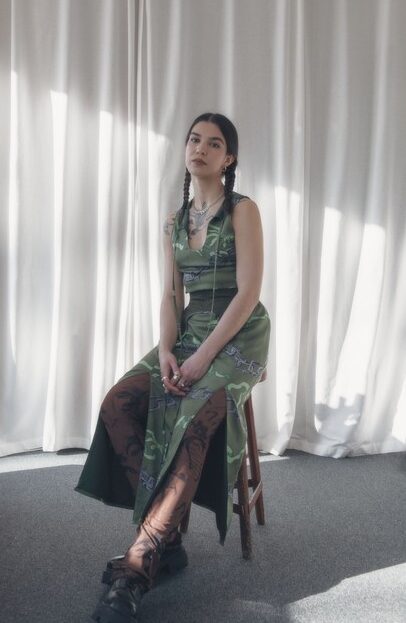Fifteen Years of Maska: Crafting Modern Classics in Natural Fibres
Fifteen Years of Maska: Crafting Modern Classics in Natural Fibres text Ulrika Lindqvist photography Lucie van Vuuren As Maska celebrates its 15-year anniversary, founder Maria Svensson reflects on a journey defined by integrity, craftsmanship, and a deep respect for natural fibres. What began with ten hand-knitted cardigans has grown into a beloved brand known for timeless design and exquisite materials. In conversation with Odalisque Magazie, Svensson shares her creative philosophy, the discoveries that have shaped Maska’s evolution, and why softness and substance remain at the heart of everything she creates. Ulrika Lindqvist: Congratulations on Maskas 15-year anniversary! Looking back, what inspired you to start Maska in the first place? Maria Svensson: At the time, I was deeply passionate about natural fibres—especially wool—and I knitted a lot myself. Most contemporary knitwear back then was made almost entirely from acrylic, which felt disconnected from the beauty and integrity of real fibres. I wanted to create contemporary knitwear using the kind of exquisite materials that were, until then, reserved for the luxury industry. Our first collection was just ten knitted cardigans, made in everything from mohair and silk to alpaca and cashmere. We started by selling directly to customers to offer high-end quality at a fair price. But soon, shops began reaching out, and we naturally grew into a wholesale model as well. UL: Could you tell us a bit about your own background, what did you study and work with before founding Maska? MS: My great-grandmother and grandmother ran a sewing business in Borås, Sweden’s textile heartland, and I spent countless happy hours there as a child. That world of fabrics and craftsmanship always felt like home. Later, I studied pattern construction and sewing at Tillskärarakademin, design at Parsons in New York, and completed a master’s degree at Chalmers University of Technology. Before founding MASKA, I worked as a shirt and knitwear buyer for the Swedish menswear label Melka. My background in technology has been surprisingly relevant—textiles are full of forces and tensions, and understanding how to create durability without sacrificing comfort has become a quiet obsession of mine. photogrpahy Carl Ander UL: How would you describe your creative process? MS: We always start with the yarn. It all begins with finding an extraordinary fibre and letting it guide the design. Each material has its own temperament—you can’t force a yarn to become something it isn’t. Alpaca, for instance, loves to drape and creates wonderful contrasts, while mohair wants to be airy and light. Our goal is for everything to come together in a garment that feels effortless and empowering—something that grounds the wearer and lets them feel at ease in their body. Many customers tell us they almost forget they’re wearing anything at all, which I think is one of the most beautiful compliments we can receive. UL: How have your designs developed over these 15 years? What discoveries have you made? MS: Our first collection drew inspiration from the golden age of knitwear in the 1930s and 40s, when craftsmanship and structure were incredibly intricate, and garments were made to last a lifetime. Over time, we’ve evolved toward more contemporary fits and silhouettes. As we’ve explored more remarkable yarns, we’ve learned that sometimes the yarn itself is the story—it needs only the simplest shape to shine. We love to blend fibres that enhance one another—combining something airy with something fluid to find the perfect equilibrium. One of our key discoveries is that women love softness. Even though certain wools are exceptionally strong and lustrous, it’s the tactile pleasure—the softness—that often wins hearts. Our challenge is always to find that balance between softness and strength, creating pieces that feel like love at first sight but also age beautifully over time. UL: MASKA presents a lot of knitwear. How do you source and decide on materials and yarns? MS: We visit yarn trade shows and maintain close relationships with around 25 European spinning mills, mostly Italian. We always buy directly from the mills so we can absorb their knowledge and stories, and pass those narratives on to our customers. MASKA is, in many ways, a mission to celebrate the remarkable European yarn industry and the ancient wisdom embedded in natural fibres. These materials carry thousands of years of human understanding—how to stay warm, feel beautiful, and dress with purpose. UL: Is there a particular moment in your career that stands out as especially memorable? MS: Every year when we travel to Florence to select yarns for the winter collections, I feel the same thrill. I still remember my first visit—it was almost surreal to discover that such a job existed, where you could travel to such a beautiful place and spend days surrounded by the world’s finest yarns. UL: What are you most looking forward to in the coming year? MS: We’re very excited about our upcoming collaboration with knitwear designer Ann Bonander Looft. It feels like a beautiful dialogue between two worlds of craftsmanship, and we can’t wait to share it.

